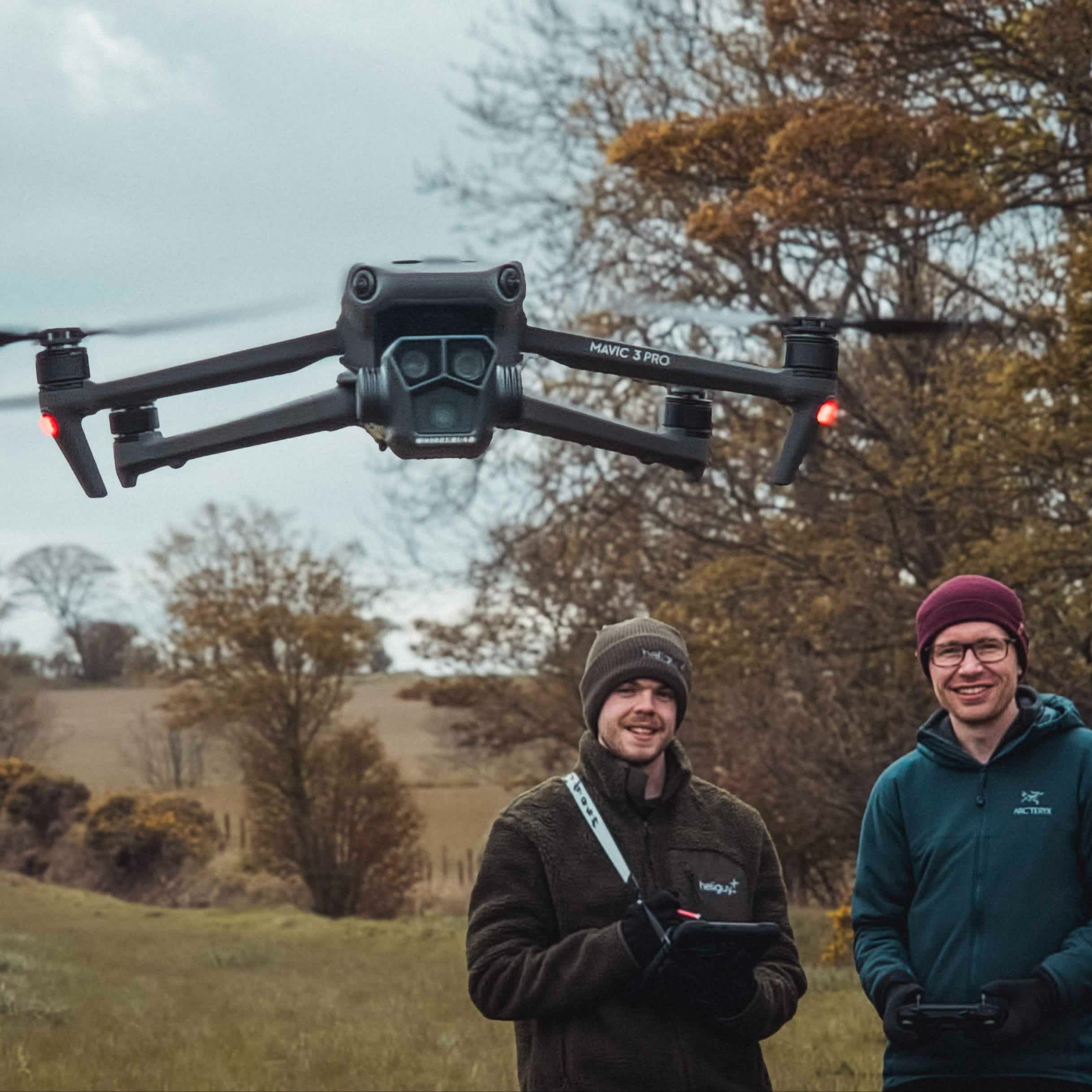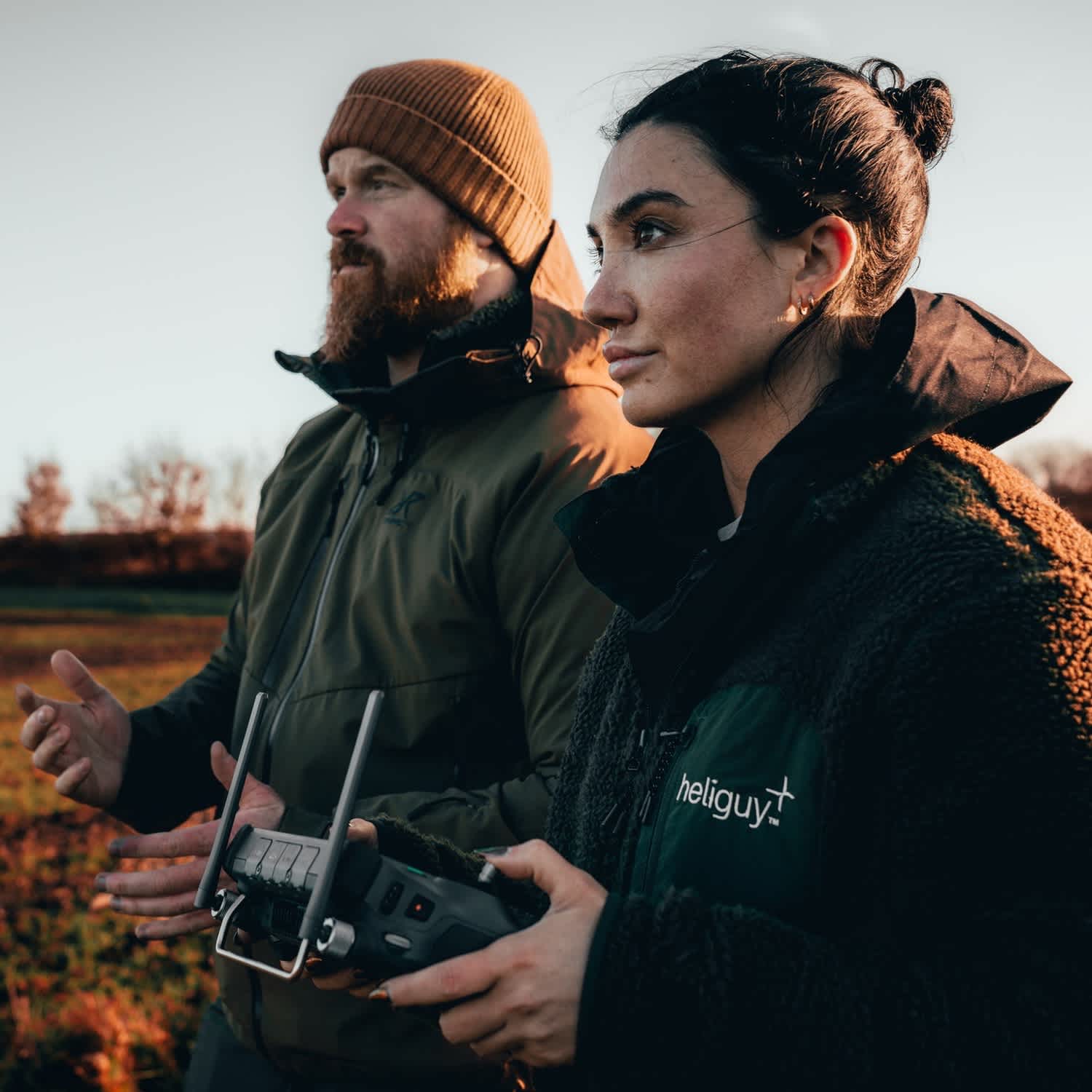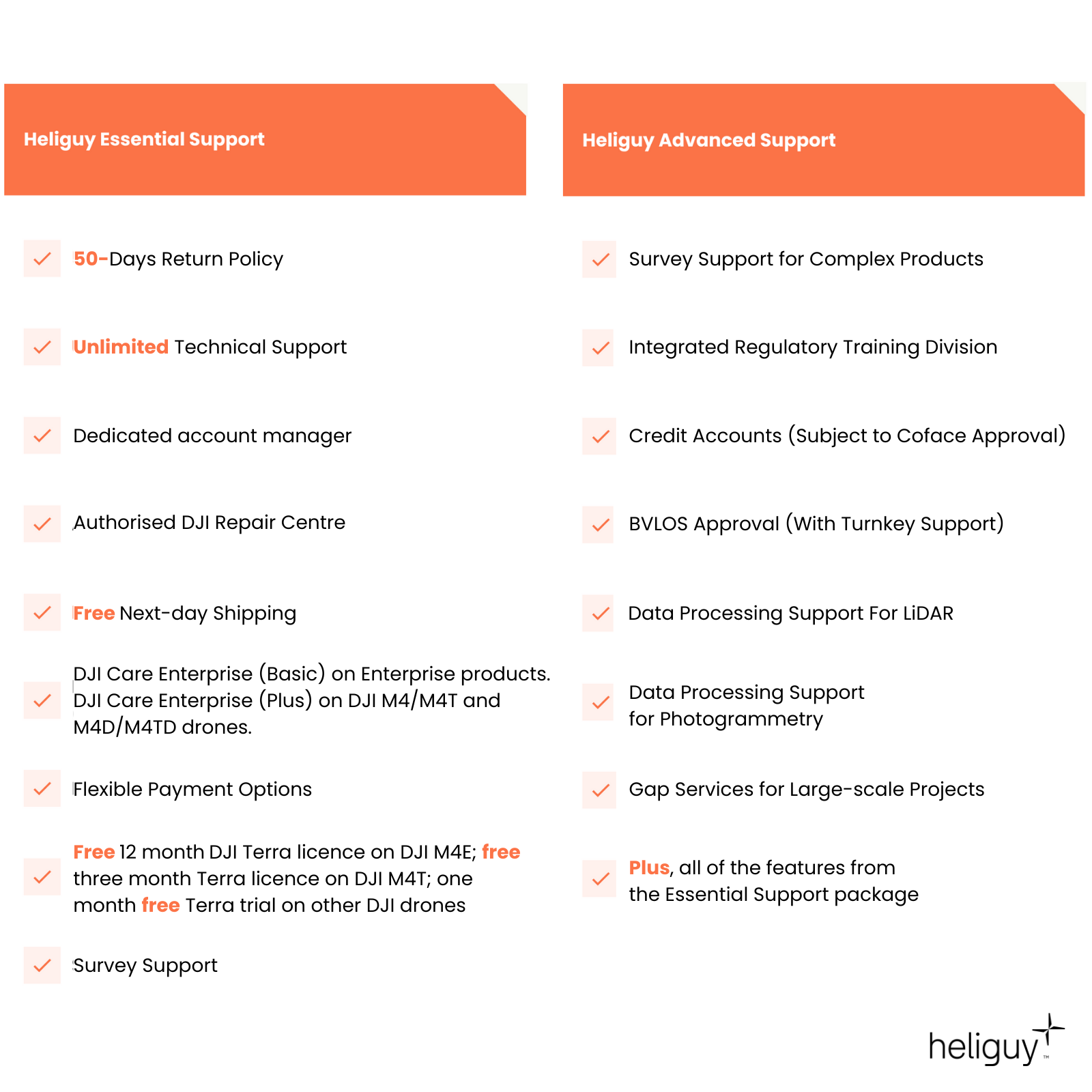A2 CofC Drone Training Course
£0.00
Tax included in UK & Shipping calculated at checkout
50-days return policy
The A2 CofC (Certificate of Competency) is a UK CAA-accredited drone training course to fly small drones 'close to people' in the Open Category.
Who Is The A2 CofC For? The A2 CofC can be used by drone pilots flying commercially and recreationally.
Course Delivery Access on-demand online theory learning with live support from our instructors, then sit your exam remotely via webcam. A period of self-guided flying is also required.
heliguy™: Your Drone Training Partner Our in-house instructors have taught 7,000+ candidates, including pilots from Network Rail, National Grid, and UK emergency services. Receive lifetime support with dedicated aftercare.
Overview
Specifications
Support
FAQ
Heliguy Services
heliguy™ Learning Management System
Online drone training portal
The A2 CofC is a multi-part process, and heliguy™ will support you throughout.
Online Learning: On-demand online learning through the heliguy™ Learning Management System. The content, delivered by the heliguy™ instructors, covers all you need to know to pass the A2 CofC. Access live support from heliguy™ in-house instructors from 9am to 5pm, Monday to Friday.
Remote Theory Exam: Sit your exam remotely via webcam. Answer 40 multiple-choice questions, covering air law/responsibilities, UAS airspace operating principles, and airmanship and aviation safety.
Self-guided Practical Training: This should be a minimum of 2 hours and flight logs should be provided to heliguy™ demonstrate this. Abide by rules and regulations you have learned around the A2 subcategory, and ideally conduct these flights 'far from people'.

With Train With heliguy™?
Experienced instructors to grow your drone skill set
CAA-approved A2 CofC course delivered by our experienced in-house instructors who have trained 7,000+ candidates, including remote pilot drone teams from the likes of Network Rail, National Grid, Sellafield Sites, Manchester City FC, and Phillips 66.
Flexible and on-demand online learning - any time, any place. Prepare for your exam through engaging course material, learn at your own pace, and rewatch content. Got a question? Then access live and remote support from our training team.
Sit your theory test remotely, via webcam, with flexible exam slots available.
Unlimited free resits for the theory exam, and dedicated aftercare support.
Progressive training pathway: Expanded career development with courses such as GVC and CPD; consultancy for UK SORA (formerly OSC) applications for complex operations; and Regulated courses.
Blanket access to heliguy™ ecosystem: Consultancy, hardware supply and support, lifetime training support, in-house repairs, rental equipment, and global logistics.

Accreditation
![UK CAA Recognised Assessment Entity (RAE)]()
UK CAA Recognised Assessment Entity (RAE)
Authorised GVC/A2 CofC Training Courses
![UK CAA Permission for BVLOS Flights: Operational Authorisation UAS 15435]()
UK CAA Permission for BVLOS Flights: Operational Authorisation UAS 15435
Helping companies unlock BVLOS missions in an AAE with DJI Docks
![The UK's only DJI Gold and S-Level Partner]()
The UK's only DJI Gold and S-Level Partner
Trusted supply on DJI products
![ISO 9001 Certification]()
ISO 9001 Certification
Driving industry standards through robust operational protocols for enhanced safety and reliability
![Training Qualifications UK]()
Training Qualifications UK
Accredited training courses endorsed by TQUK.
![Ofqual-regulated Training]()
Ofqual-regulated Training
Recognised quality mark for meeting accreditation criteria.
![Cyber Essentials]()
Cyber Essentials
Verified data security
![Financial Conduct Authority]()
Financial Conduct Authority
Authorised to conduct regulated financial services
![Armed Forces Covenant Defence Employer Recognition Scheme - Silver Award]()
Armed Forces Covenant Defence Employer Recognition Scheme - Silver Award
Proud supporter of our Armed Forces
![D-U-N-S Registered: 77-916-1210]()
D-U-N-S Registered: 77-916-1210
Verified to conduct international business









